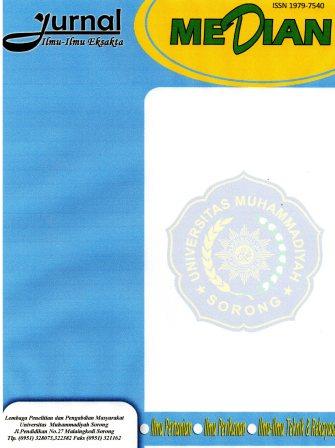Optimizing of the Quality of PG 6802 ALV Paper Adhesive Using pH, Density, Solid Content, and Viscosity Measurement Approaches
optimasi kualitas lem kertas
DOI:
https://doi.org/10.33506/md.v16i2.3515Keywords:
Adhesive, Glue, Viscosity, Solid Content, Density, pH.Abstract
Polymers are essential components in various aspects of human life, particularly in the production of different types of materials and products. One of the primary applications of polymers is in the manufacturing of adhesives or glues used to bond various substrates. PG 6802 ALV adhesive, for example, is widely used in the ceramic box industry. This research was conducted to test the characteristics of PG 6802 ALV adhesive in several production batches at PT. XYZ, namely batches 0119LSA001, 0219LSA002, and 0219LSA004. One of the measured parameters was the viscosity of the adhesive using a Brookfield viscometer with a spindle 0.4 at a speed of 10 rpm. The measurement results Brookfield viscometer with a spindle 0.4 at a speed of 10 rpm. The measurement results showed that the viscosity of PG 6802 ALV adhesive ranged between 10500 cps, 10400 cps, and 11600 cps. Additionally, measurements of the adhesive's solid content were obtained in the range of 60.40% to 60.95%. The density of PG 6802 ALV adhesive ranged from 1.0528 to 1.0705 g/ml, while the pH was in the range of 5. In conclusion, this research provides an overview of the physical and chemical characteristics of PG 6802 ALV adhesive in several production batches. The measurement results of viscosity, solid content, density, and pH provide important information for a better understanding of the properties of this adhesive. This knowledge can be utilized for the development of improved products and the enhancement of the production process in the ceramic box industry and other adhesive applications.
References
Ebnesajjad, S. (2012). Handbook of Adhesives and Surface Preparation: Technology, Applications and Manufacturing. William Andrew Publishing
Hartono, A. J. 1992. Memahami Polimer dan Perekat. Andi Offset. Yogyakarta Iskandar, Herman, 1992, Buku Pedoman Produk dan Teknik Perekat. Jakarta Kinloch, A. J. (2012). Adhesion and Adhesives: Science and Technology. Springer
Science & Business Media.
Kumar, A., Kumar, V., & Singh, R. (2018). Evaluation of Adhesive Strength of Starch-Based Adhesives for Paperboard Packaging. International Journal of Adhesion and Adhesives, 81, 1-8.
Mittal, K. L. (2014). Adhesion Science and Engineering: Surfaces, Chemistry and Applications. Elsevier.
Pocius, A. V. (2012). Adhesion and Adhesives Technology: An Introduction. Carl Hanser Verlag GmbH & Co. KG.
Prayitno. 1996. Perekat Kayu. Bagian Penerbitan Yayasan Pembina Fakultas Kehutanan Universitas Gadjah Mada. Yogyakarta.
Rowell, R.M. 2005. Handbook of Wood Chemistry and Wood Composites. CRC Press. New York.
Ruhedi, S. dan Y.S. Hadi. 1997. Perekat dan Perekatan. Teknologi Hasil Hutan Fakultas Kehutanan Institut Pertanian Bogor. Bogor.
Saini, P., Sharma, C., & Chauhan, S. (2017). Formulation and Evaluation of Water-Based Starch Adhesives for Paperboard. International Journal of Adhesion and Adhesives, 74, 53-59.
Satuhu, E. 1987. Keterbatasan dan Kekuatan Perekat Lima jenis Kayu Indonesia.
Institut Pertanian Bogor. Bogor.
Wicks, Z. W., Jr., Jones, F. N., & Pappas, S. P. (2007). Organic Coatings: Science and Technology. John Wiley & Sons.
Downloads
Published
How to Cite
Issue
Section
License

This work is licensed under a Creative Commons Attribution-ShareAlike 4.0 International License.
Authors who publish with this journal agree to the following terms:
Authors retain copyright and grant the journal right of first publication with the work simultaneously licensed under a Creative Commons Attribution-ShareAlike (CC BY-SA)Â that allows others to share the work with an acknowledgement of the work's authorship and initial publication in this journal.
Authors are able to enter into separate, additional contractual arrangements for the non-exclusive distribution of the journal's published version of the work (e.g., post it to an institutional repository or publish it in a book), with an acknowledgement of its initial publication in this journal.
Authors are permitted and encouraged to post their work online (e.g., in institutional repositories or on their website) prior to and during the submission process, as it can lead to productive exchanges, as well as earlier and greater citation of published work.





